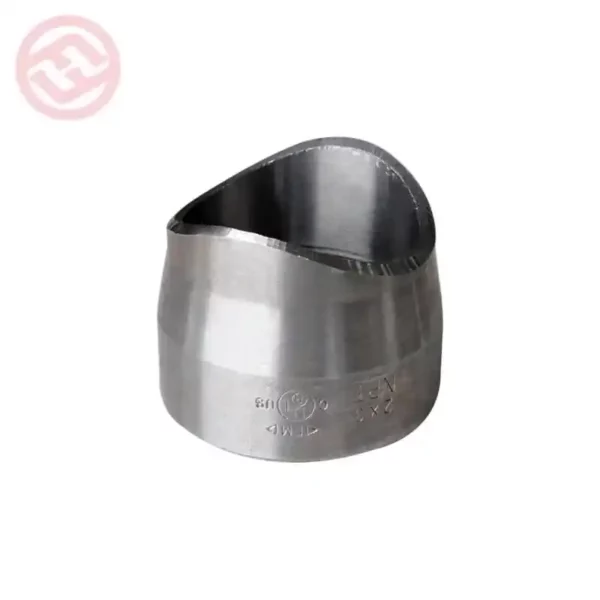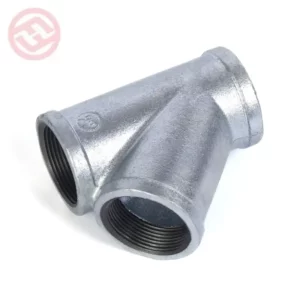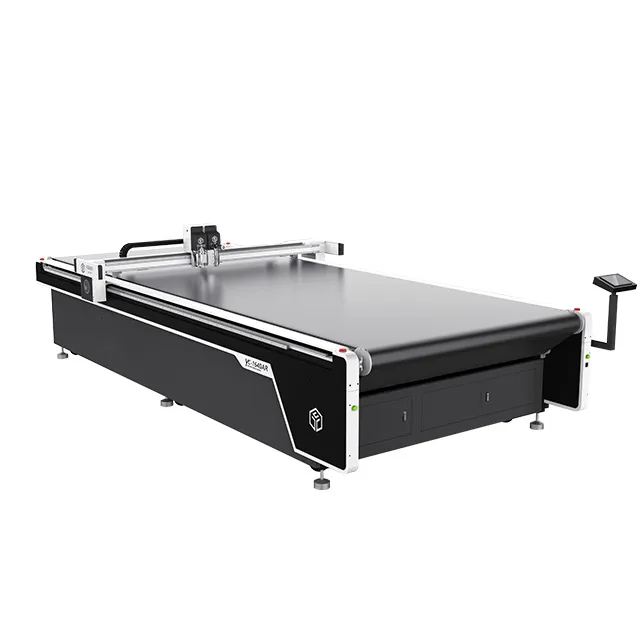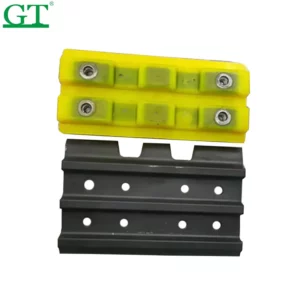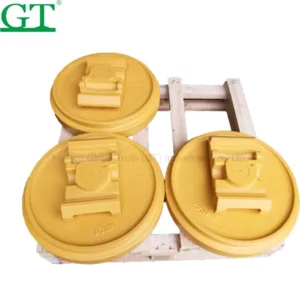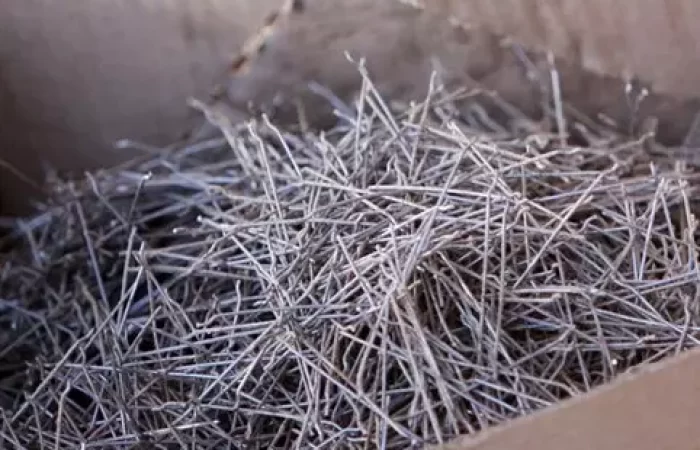Calculating the pressure rating for threaded welded outlets involves considering several factors, including the material properties, dimensions, and operating conditions of the piping system.
Here’s a general method to calculate the pressure rating:
- Identify Material Properties: Determine the material grade and properties of the threaded welded outlet, including its tensile strength, yield strength, and allowable stress.
- Determine Thread Size and Type: Identify the thread size and type of the threaded welded outlet. Common thread types include NPT (National Pipe Thread) and BSP (British Standard Pipe). Ensure that the thread specifications comply with relevant standards and codes.
- Refer to Standards and Codes: Consult applicable industry standards and codes, such as ASME B31.1 for power piping or ASME B31.3 for process piping, to determine the pressure rating equations and factors specific to threaded connections.
- Calculate Design Pressure: Determine the design pressure of the piping system based on factors such as the fluid type, temperature, and operating conditions. The design pressure is typically specified by the system design engineer or dictated by regulatory requirements.
- Factor in Safety Margins: Apply appropriate safety factors or margins to the design pressure to ensure the reliability and safety of the piping system. Safety factors may account for uncertainties in material properties, fabrication processes, and operating conditions.
- Use Pressure Rating Equations: Apply the pressure rating equations specified in the relevant standards and codes to calculate the maximum allowable pressure for the threaded welded outlet. These equations typically account for factors such as thread engagement, stress concentration, and material strength.
- Consider Operating Conditions: Ensure that the calculated pressure rating accounts for the full range of operating conditions, including temperature variations, transient pressures, and potential system upsets.
- Verify Compliance: Verify that the calculated pressure rating of the threaded welded outlet meets or exceeds the design pressure and safety requirements of the piping system. If necessary, adjust the design or select a different outlet configuration to achieve the desired pressure rating.
- Document Calculations: Document the pressure rating calculations, including the assumptions, inputs, and results, for reference during design reviews, inspections, and maintenance activities.
It’s essential to follow established engineering practices and consult with qualified professionals when calculating pressure ratings for threaded welded outlets to ensure the safety and reliability of the piping system. Additionally, adherence to applicable standards and codes is critical to achieving compliance with regulatory requirements.
